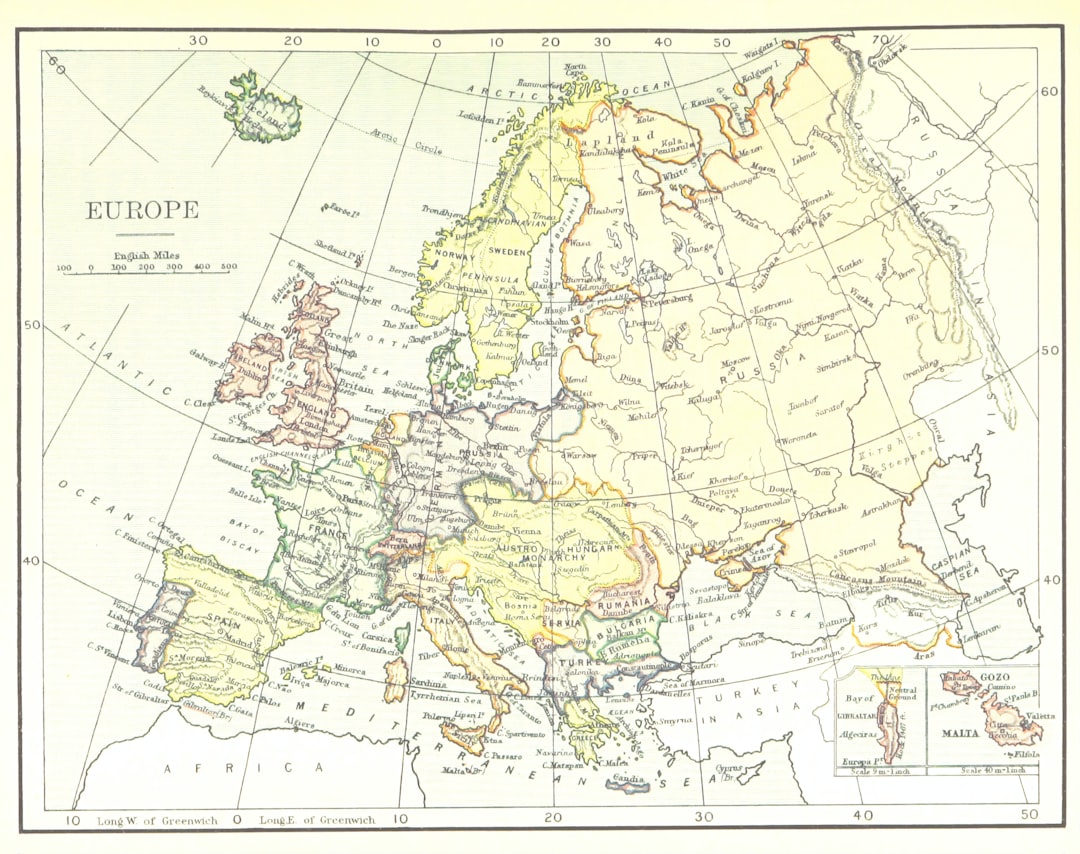What is it about?
An account of the decline of Royal Naval capability for survey and charting of the seas since the third quarter of the twentieth century is challenged, high-lighting an innovative response to both the cut-backs in defence spending and the rapid development of technology. Comment is made on the vulnerability of the official sources for a history of the period, especially since the advent of word-processing and widespread use of e-mail for correspondence.
Featured Image
Why is it important?
Since publication several academic researchers have signalled agreement with this clarion call for awareness of the vulnerability of official records from recent decades. This is partly because of a move to 'electronic offices' dispensing with hard copy records. But it also reflects ill-disciplined paper-work with the advent of computer word processing, leading to important documentation being overlooked in bulky official files when they are assessed for retention or disposal.
Perspectives
This article high-lights surviving records that provide vivid evidence of the interest in hydrographic information taken by Nelson, and by the master of HMS VICTORY, Thomas Atkinson. They also show the importance of strategic direction from the Board of Admiralty headed by St Vincent, and the personal role of Thomas Troubridge in providing guidance to Alexander Dalrymple, the Hydrographer, to ensure prompt turn-round and supply of data to the fleet. Much of this data had arisen from a concerted campaign of surveys ordered by Sir Thomas Bickerton, senior officer in the Mediterranean during the truce of Amiens. These activities are examined in more detail in a book under preparation by the author of this article.
Captain RN Michael Kenneth Barritt
Read the Original
This page is a summary of: Royal Naval Hydrography, The Mariner s Mirror, October 2014, Taylor & Francis,
DOI: 10.1080/00253359.2014.962342.
You can read the full text:
Contributors
The following have contributed to this page










